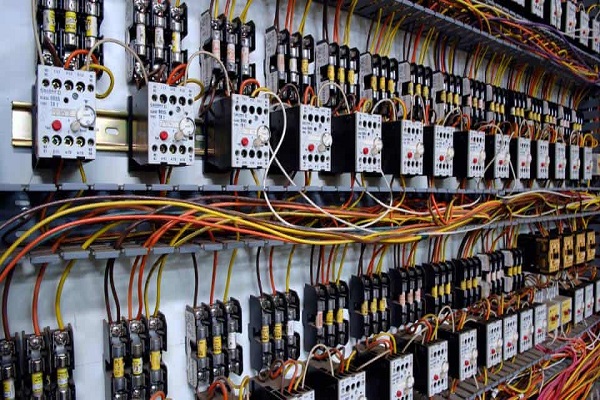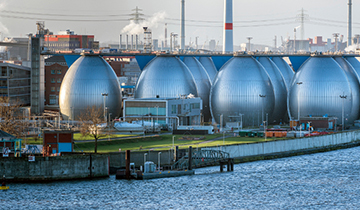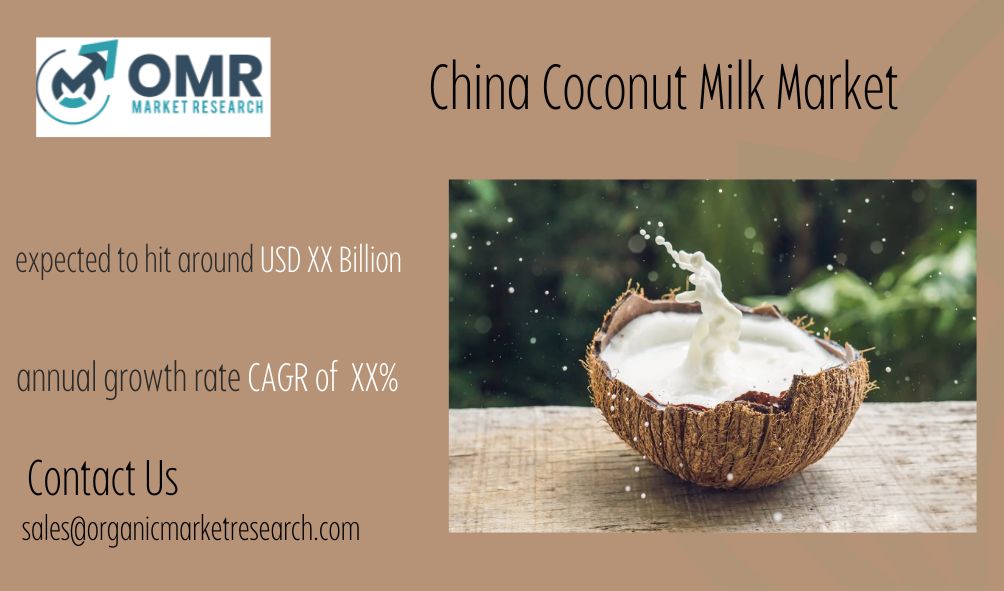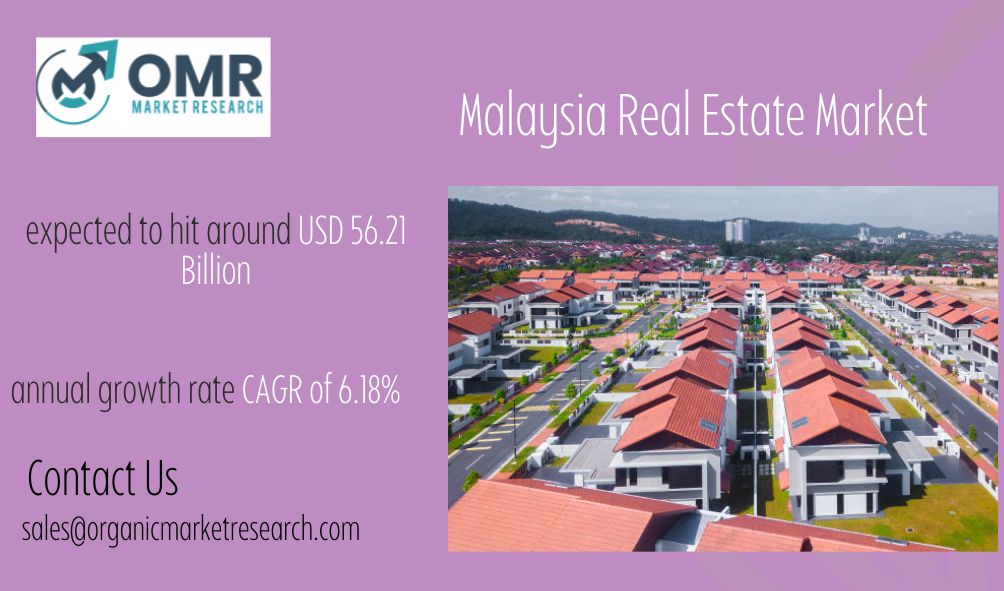Thailand Solar Energy market size was USD 2.15 billion in 2023 and the market is projected to touch USD 4.03 billion by 2032, at a CAGR of 7.23% during the forecast period. Solar energy is referred to as electricity generated from sunshine via photovoltaic (PV) panels or solar thermal systems. In Thailand, this sector has grown significantly as a result of favourable laws such as feed-in tariffs and subsidies for solar power producers. These programs seek to reduce dependency on fossil fuels, combat climate change, and improve energy security.
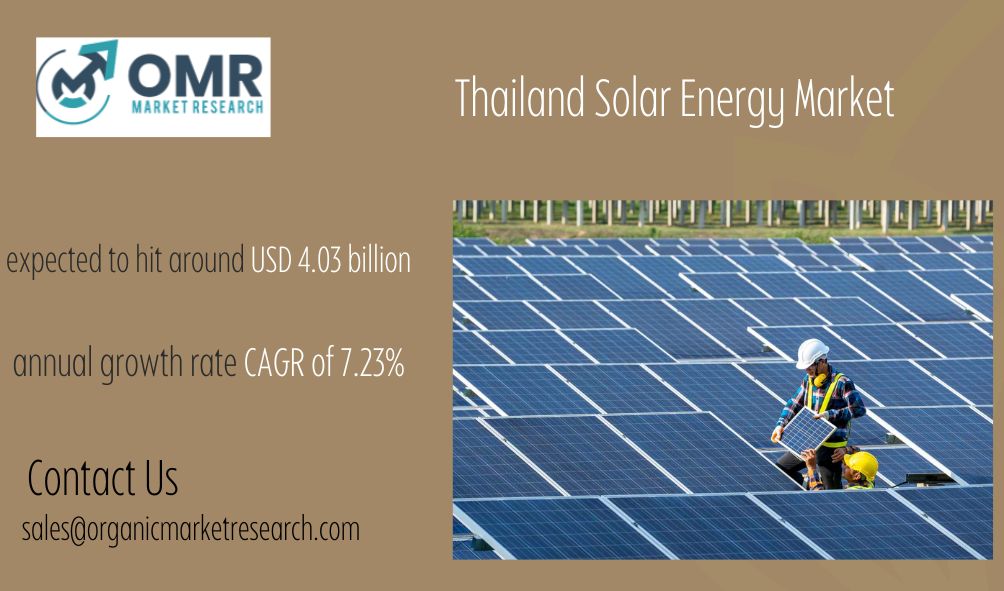
Thailand’s solar energy sector benefits from plentiful sunlight throughout the year, making it ideal for solar power generation. The government’s commitment to renewable energy has sparked investment in solar projects, resulting in a competitive industry with multiple domestic and international companies. The country’s lofty ambitions for renewable energy adoption fuel more growth in the solar sector. Technological improvements and smart grid technologies are helping to overcome challenges like grid integration and intermittency.
Thailand Solar Energy report scope and segmentation.
Thailand Solar Energy dynamics
Government policies and regulations are critical to driving economic growth. Feed-in tariffs, tax incentives, and renewable energy capacity objectives all stimulate investment in solar projects. These policies make it easier for both domestic and multinational enterprises to enter the industry.
Furthermore, advances in technology and lower costs of solar photovoltaic (PV) panels have made solar energy more competitive than traditional fossil fuels. This trend draws investments and grows the industry by making solar power more affordable to a broader variety of consumers and companies.
Furthermore, the environmental benefits of solar energy, such as lower greenhouse gas emissions and environmental impact as compared to traditional energy sources, influence consumer preferences and corporate sustainability goals. The increased awareness and demand for renewable energy solutions fuels market expansion.
Furthermore, Thailand’s geographical advantage of ample sunlight improves the practicality and efficiency of solar energy generation. However, obstacles such as intermittent solar power supply and grid integration issues require ongoing technological innovation and infrastructure development to assure reliable electricity supply from solar sources.
Thailand Solar Energy drivers
Government Policies and Incentives
Thailand’s government has put in place strict rules and incentives to encourage the use of solar energy. These include feed-in tariffs, tax breaks, soft loans, and investment incentives for solar plants. These policies are intended to encourage investment, minimize reliance on imported fossil fuels, and meet sustainability objectives. By providing financial support and regulatory clarity, the government fosters market growth and encourages both local and foreign engagement in the solar energy sector.
Technological Advancements
Continuous developments in solar PV technology have greatly reduced the cost of solar energy generation. Improved solar panel efficiency, advances in energy storage systems, and the development of smart grid technologies all improve solar power generation’s reliability and scalability. These technology advances not only make solar energy more economically viable but also address difficulties such as intermittency and grid stability, thus extending the market’s potential.
- Restraints:
Grid Integration Challenges
Integrating intermittent solar power into Thailand’s existing grid infrastructure poses a significant challenge. The variability in solar power generation requires advanced grid management techniques and investments in grid modernization to ensure stable electricity supply. Addressing grid integration issues is crucial to maximizing the contribution of solar energy to the overall energy mix without compromising grid reliability.
Financial and Investment Barriers
However, finance remains a challenge for solar entrepreneurs, particularly smaller companies and new entrants. Limited access to affordable financing, large upfront fees, and perceived investment risks might all deter potential investors. Improving access to finance through new financing arrangements, cooperation with financial institutions, and risk-reduction initiatives could open more investment opportunities and accelerate market growth.
- Opportunities:
Rural Electrification and Off-Grid Solutions
There is a significant opportunity to deploy solar energy solutions for rural electrification and off-grid communities in Thailand. Solar micro-grids and standalone solar systems can provide reliable electricity access to remote areas where grid connectivity is challenging or non-existent. Leveraging solar energy for off-grid applications not only improves energy access but also stimulates local economic development and enhances quality of life in underserved regions.
- Segment Overview
Solar PV technology uses photovoltaic cells to directly convert sunlight into power. These cells are typically built of semiconductor materials like silicon. Solar PV systems can be installed on a variety of scales, ranging from modest residential installations to massive utility-scale solar farms. Solar PV leads Thailand’s market due to its scalability, cheap maintenance requirements, and the suitability for decentralized energy generation. The technology’s adaptability enables it to be integrated into buildings (rooftop solar), ground-mounted systems, and solar parks, considerably contributing to the country’s renewable energy capability.
Concentrated Solar Power (CSP) technology generates energy by concentrating sunlight onto a tiny area, which is then heated to produce steam, which drives a turbine attached to a generator. CSP systems are distinguished by their ability to store thermal energy, which enables power generation even when sunlight is unavailable, such as on overcast days or at night. While CSP has significant advantages in terms of energy storage and dispatchability, its adoption in Thailand has been limited compared to Solar PV due to greater initial prices, technological complexity, and unique land and resource requirements. Nonetheless, advances in CSP technology may provide future prospects for large-scale, centralized solar power generation in Thailand’s energy mix.
Thailand Solar Energy market competitive landscape
Domestic enterprises frequently focus on project planning, installation, and maintenance services, using their knowledge of local rules and market dynamics. These companies play an important role in deploying rooftop solar systems, small-scale solar installations, and assisting government initiatives to promote renewable energy adoption in the residential, commercial, and industrial sectors.
International enterprises, particularly solar PV producers and developers, contribute cutting-edge technology and global experience to Thailand’s industry. They frequently participate in large-scale solar projects, which help to increase the country’s utility-scale solar capacity. These companies benefit from economies of scale, technical innovation, and established supply chains, allowing them to participate effectively in a competitive bidding climate driven by government tenders and auctions.
Furthermore, partnerships between local and international entities are increasingly common, facilitating knowledge transfer, technology exchange, and joint ventures aimed at addressing specific market needs and scaling up solar energy deployment. The competitive landscape is also influenced by financial institutions providing project financing, as well as engineering, procurement, and construction (EPC) contractors specializing in solar infrastructure development.
Thailand Solar Energy Recent Developments
- In June 2024, B.Grimm Power and Greenergy have entered into a Memorandum of Understanding (MOU) to jointly develop several solar energy projects with capacities exceeding 500 kilowatts, catering specifically to businesses located outside industrial estates. The collaboration aims to achieve a target capacity range of 100 to 300 megawatts through direct Power Purchase Agreements (PPAs), utilizing both on-site and off-site installations.
- March 2024, Sungrow, a global leader in PV inverters and energy storage systems, recently entered a strategic supply agreement with Thailand’s Gulf Energy Development Plc (GULF) to provide PV inverters and liquid-cooled energy storage systems for their upcoming 3.5GWp project portfolio spanning the next seven years. This collaboration aligns with Thailand’s latest Power Development Plan (PDP), aiming to bolster energy security, optimize the energy supply framework, and establish a renewable energy model across Southeast Asia. Once connected to the grid and operational, these projects will effectively address escalating electricity costs while enhancing national energy independence.
Scope of Thailand Solar Energy report
In case you don’t find what, you are looking for, please get in touch with our custom research team at
Latest Report
https://organicmarketresearch.com/saudi-arabia-nutraceuticals-market
https://organicmarketresearch.com/saudi-arabia-residential-real-estate-market
https://organicmarketresearch.com/chile-crop-protection-chemicals-market
https://organicmarketresearch.com/us-foodservice-market
Contact Us
+91 9319642100
sales@organicmarketresearch.com
Noida One Tower Sec 62 Noida 201301
Website: https://organicmarketresearch.com




